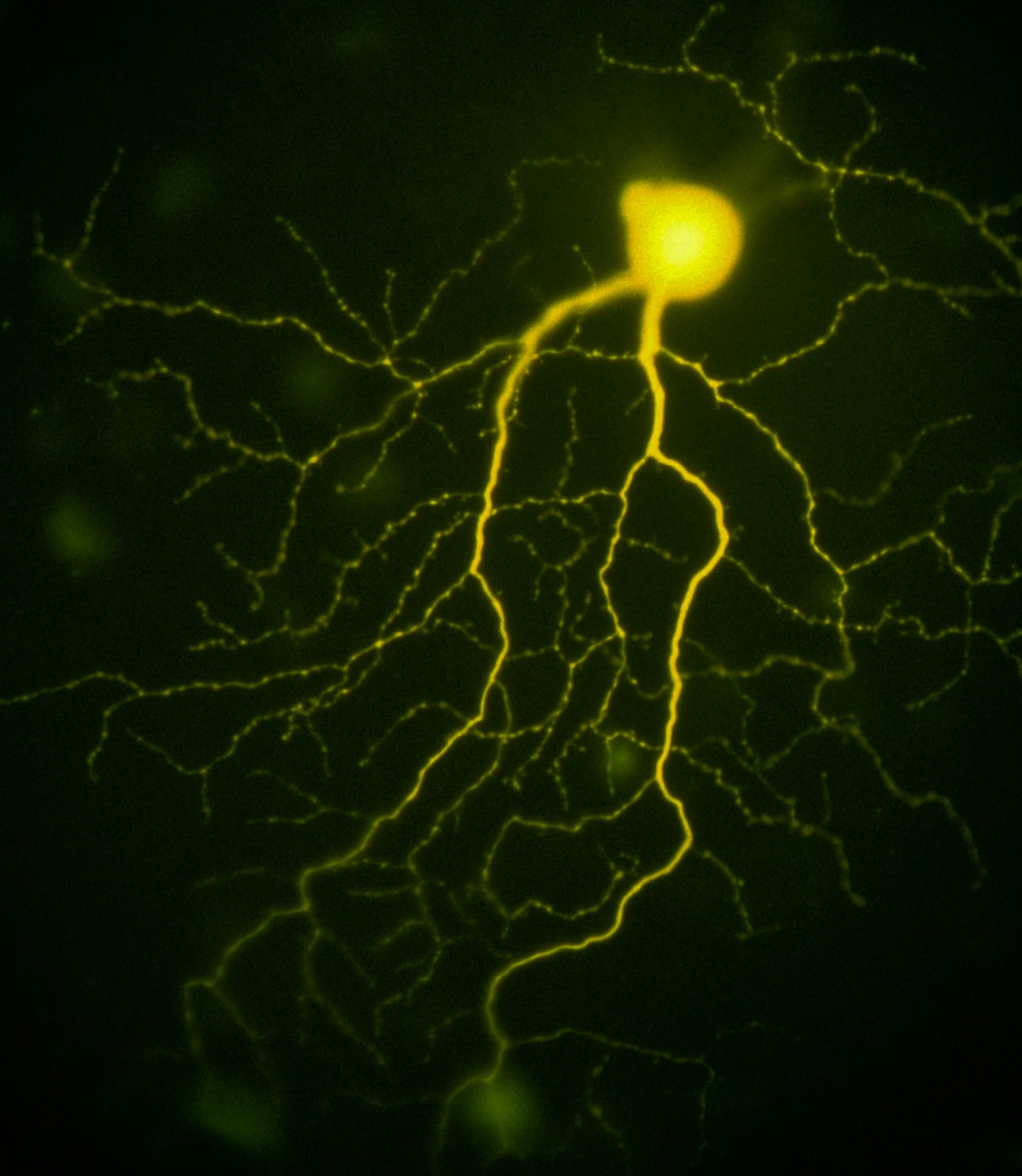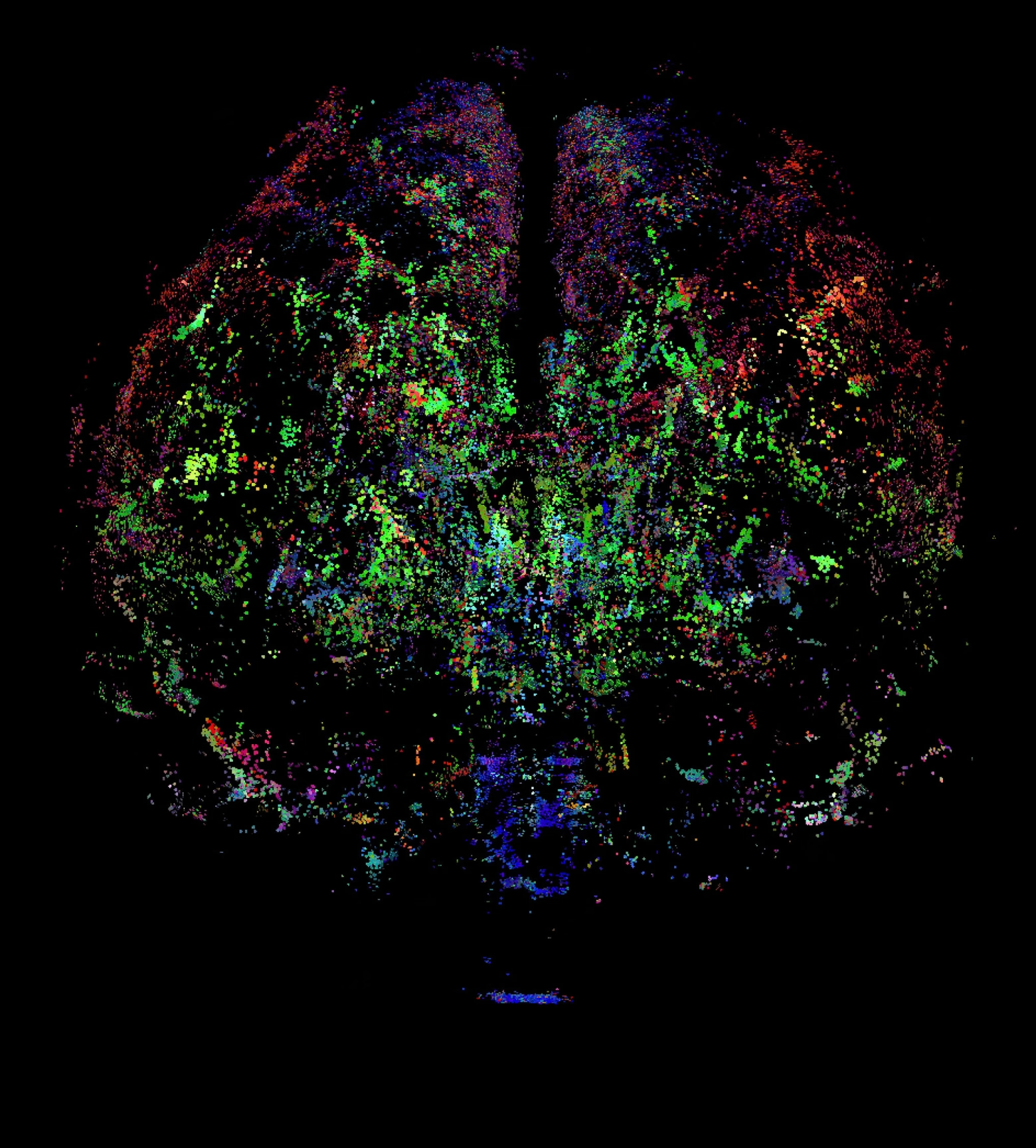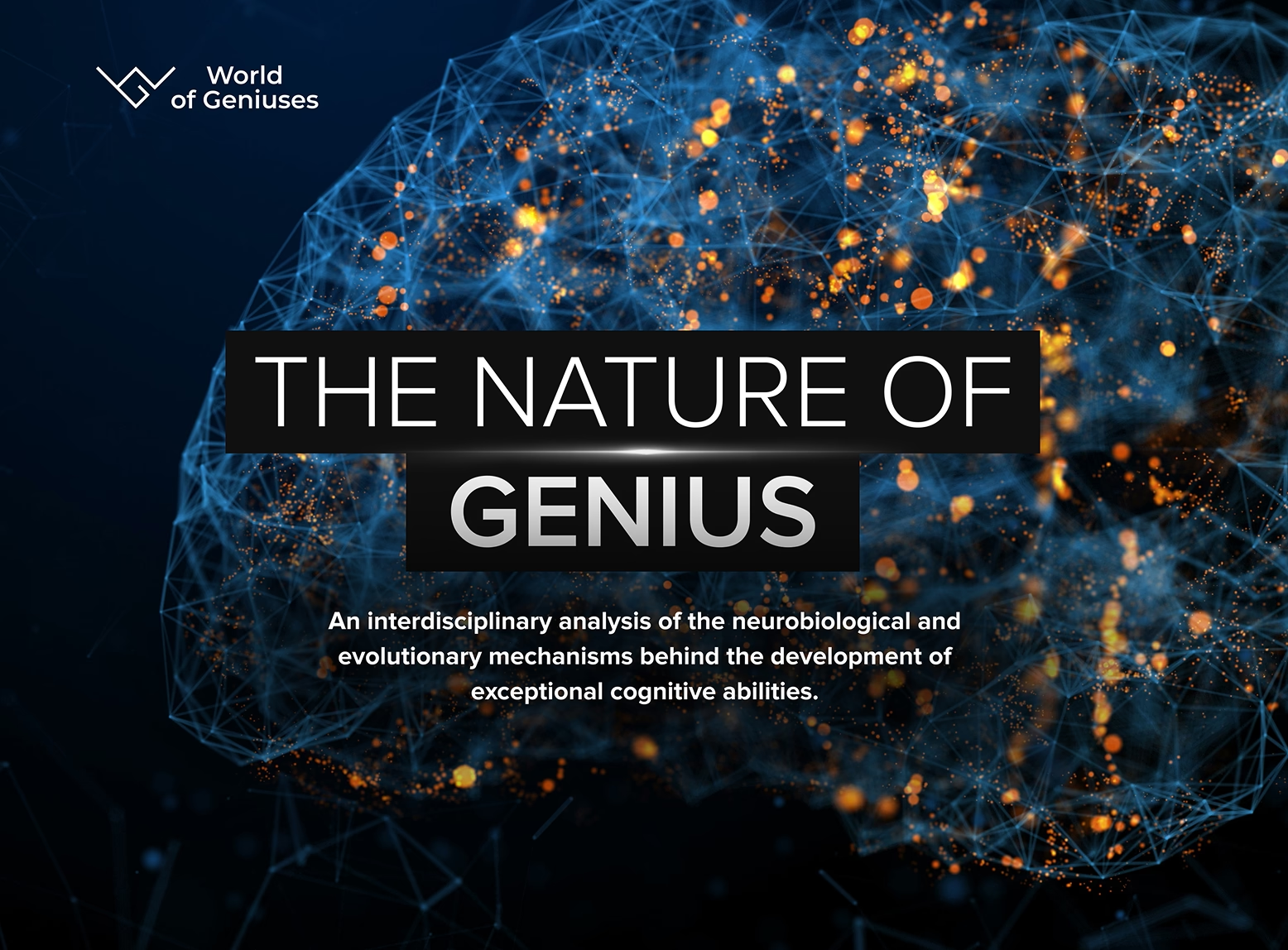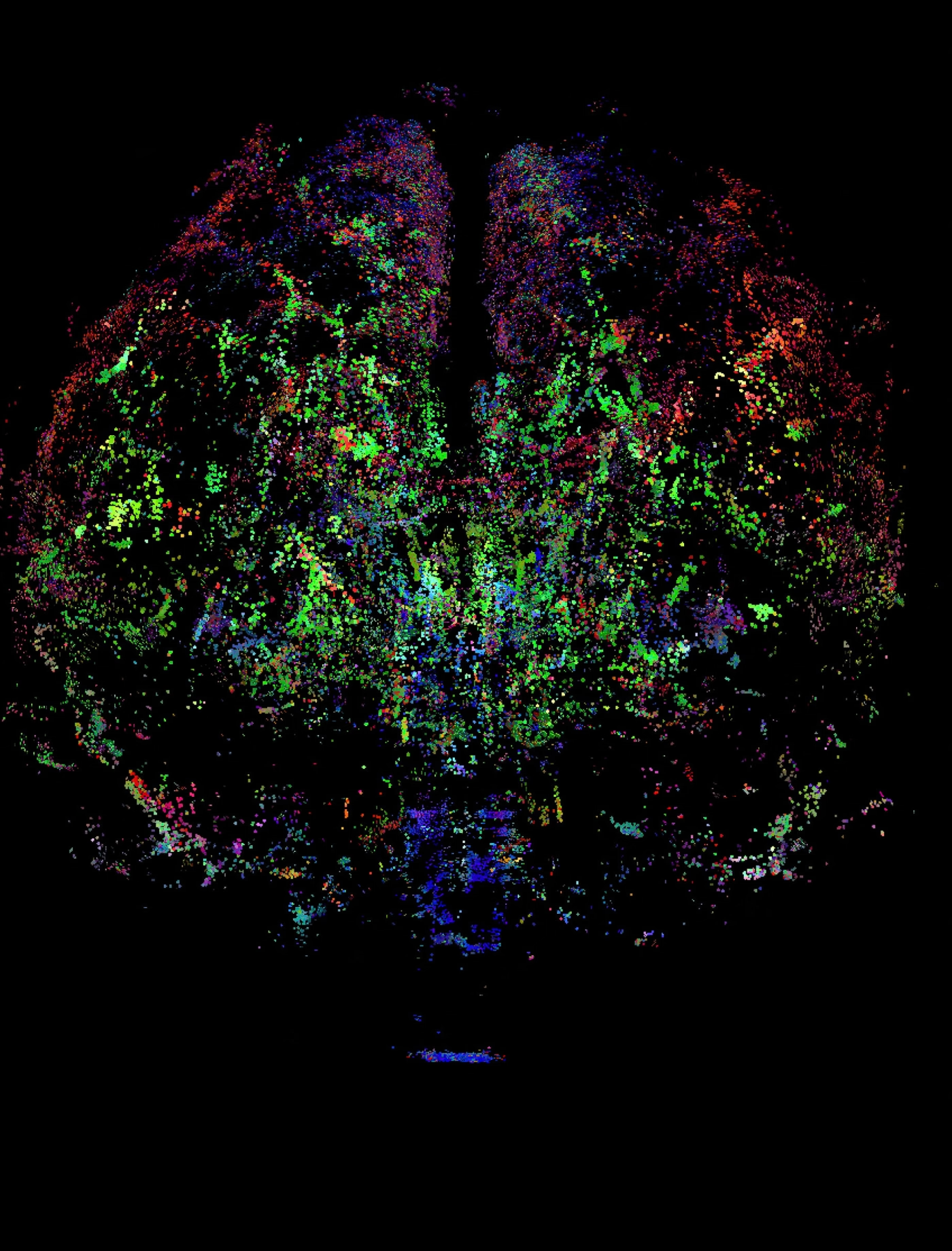The Nature of
Genius
An interdisciplinary analysis of the neurobiological and evolutionary mechanisms behind the development of exceptional cognitive abilities.

SLEEPING GENIUS:
THE BLOCKING MECHANISM
How the Mechanism "Preserving" Genius Works
Modern neurophysiological research confirms that unconscious processes dominate brain activity. For instance, studies show that only 5–10% of neural signals reach conscious awareness, meaning that the majority of information is processed by the brain without conscious involvement (N. Dehaene, 2014).
The regulation of genius expression also occurs through unconscious neurocognitive processes, which play a crucial role in managing an individual's hidden potential.
To describe this mechanism, it is appropriate to use the dual process theory proposed by psychologists Keith Stanovich and Richard West:
- 1System 1 (Fast Thinking)—Automatic, emotional-intuitive, operating without conscious control;
- 2System 2 (Slow Thinking)—Conscious, analytical, tied to deliberate mental efforts.
The Brain's Hidden Work
When we think of ourselves, we refer to System 2—our conscious and rational "self," which holds beliefs, makes choices and makes decisions. However, it is actually System 1—the automatic and unconscious system—that generates the impressions and feelings that become the main source of beliefs and conscious choices for System 2.
Operating in the background, "behind the scenes" of consciousness, System 1 constantly processes sensory data, forms perceptual patterns, and manages routine actions.
Key Features of System 1:
- Constantly active and cannot be fully deactivated (for instance, upon seeing a familiar word, we automatically read it; if we see the example "2×2," the answer "4" emerges automatically, and so on);
- Generates most thoughts and impressions outside conscious control;
- Processes emotional stimuli without conscious awareness;
- Can independently activate neural circuits.
Thus, for the majority of the time, we function under the influence of unconscious processes from System 1, which shape our perceptions and behaviors without our explicit participation. Beyond our awareness, our brains perform a vast number of actions that we do not consciously perceive (Daniel Kahneman, 2011).
Dominance of the Unconscious: The
Role of System 1 in Child Development
The unconscious System 1 begins to develop as early as the prenatal period, synchronously with the maturation of brain structures. This early development of the fast, automatic System 1 represents an evolutionary strategy that ensures a child's basic adaptation to the external environment. This system lays the neurobiological foundation for survival (regulation of breathing, thermoregulation), conserves energy by automating responses, and prepares for learning, allowing the brain to function efficiently from the very first moments of life.
System 2, in contrast, begins to develop only in the first weeks after birth, when the child actively receives sensory experiences through sight, sound, and other perceptual channels. This period marks the beginning of conscious learning—analyzing information, forming connections, and adapting to new conditions.
The key point here is that the unconscious System 1, being much older than the "conscious" System 2, continues to hold a dominant position. By the time a child is born, System 1 fully controls the organism and guides the development of System 2. When the child begins to see and perceive the surrounding world, and the awareness associated with System 2 manifests, this process occurs under the significant influence of System 1. Thus, unconscious mechanisms play a crucial role in the formation of conscious thinking.
The primary "guardian" of the potential for genius is the automatic, unconscious System 1.
It not only preserves this potential in a "conserved" state for transmission across generations but also ensures that it does not activate prematurely or unnecessarily.
Genius and the Unconscious Mechanisms of Its Protection
Genetic programs in the brain possess a high level of protection, ensured by the automatic, unconscious System 1. This ancient evolutionary mechanism functions as a kind of "genetic repository," preserving and transmitting evolutionarily established neural patterns (the potential for genius) across generations.
Thanks to these unique protective mechanisms of System 1, a "conserved" potential is formed, serving as the foundation for the manifestation of genius, which can be activated under specific conditions.
WHY DON’T WE NOTICE
GENIUS IN OURSELVES?
Each of us has a unique innate potential capable of leading to remarkable discoveries and breakthroughs. However, in the vast majority of cases (99%), our genius remains hidden even from ourselves. Why does this happen?
The Neurobiological Mechanism Regulating the Manifestation of Hidden Genius Potential
The automatic, unconscious System 1 (intuitive thinking) regulates the expression of genius potential, using emotional modulation as a key mechanism for behavioral regulation.
This involves a sophisticated neurobiological mechanism of emotional-cognitive regulation, where the limbic system and the cerebral cortex orchestrate specific patterns of emotional states. As a result, certain activities become subjectively more appealing to the individual, while others provoke internal resistance.
For example, some people feel inspired when engaging in music, while others experience this when solving mathematical problems. This is not a mere coincidence but rather the result of System 1’s influence, guiding us toward activities that foster the development of gray areas—neural patterns that remain insufficiently shaped by evolution.
This process is realized through the following mechanisms:
- Reward System: Activation of dopamine, serotonin, and endogenous opioids, which generate feelings of satisfaction and motivation.
- Cognitive Resource Management: Selective activation of attentional systems and prioritization of specific cognitive processes.
- Emotional Tagging of Experience: Formation of stable emotional associations, establishment of long-term patterns of motivational preference, and regulation of emotional background during various activities.
As a result, individuals experience heightened interest and motivation toward activities that contribute to the development of these gray areas.
Thus, fully evolved neural patterns, which, metaphorically speaking, contain the potential for genius, remain inaccessible to the conscious awareness of their bearer. They are preserved as a foundational neurobiological background for further system enhancement. For this reason, individuals generally remain unaware of their own potential: their brains, through unconscious mechanisms, render these possibilities invisible and practically inaccessible for direct use by their bearer.
Emotional modulation acts as a tool of System 1, serving as a limiter on the expression of genius. Suppose automatic, unconscious processes of System 1 did not exert such significant influence over our psyche. In that case, the likelihood of genius emerging would be considerably higher, and nearly every second person would have the opportunity to realize their exceptional potential fully. However, due to the strong dominance of this system, deeply rooted in subconscious mechanisms, many innate abilities remain unrealized, and most people remain unrealized geniuses.
Genius is typically hidden or implicit, requiring in-depth analysis to uncover it
The Neuroscience of Choice: Why Mathematical Geniuses Transition to Art
Imagine a child with genetically embedded potential for genius in mathematics. System 1 activates limiting mechanisms in the child’s brain, which manifest as subconscious resistance to engaging in this area. Consequently, the child experiences a lack of motivation, boredom, drowsiness, diminished interest, and irritability when solving mathematical problems. They develop a sense of internal rejection toward these activities despite their innate abilities—similar to rereading a book for the tenth time: what was once exciting in the first reading becomes interesting in the second, and by the tenth feels like a punishment.
Gradually, the child develops a persistent aversion, subjectively perceiving mathematics as uninteresting, sometimes confusing, and, in their opinion, unnecessary. Mathematics becomes their least favorite subject.
Simultaneously, the unconscious System 1 activates a compensatory mechanism that redirects cognitive and energetic resources to alternative areas of development. For example, it may stimulate the child’s deep interest in creativity by forming positive emotional associations, enhancing internal motivation, and facilitating the process of creating vivid imagery.
As a result of these mechanisms, a child with innate neurocognitive predispositions for genius in mathematics is more likely to choose drawing as their primary passion. In this process, System 1 activates emotional reinforcement mechanisms: creating positive states during creative activities, enhancing the pleasure derived from the process, and fostering a strong internal motivation for artistic self-expression. Subjectively, the individual will feel they have chosen this direction; however, their choice is largely determined by the operations of unconscious mechanisms. Their brain interprets mathematics as an accessible resource, requiring little effort, while viewing creative abilities as an area of growth.
From the outside, it may appear that the child demonstrates early talents in drawing, even though these abilities are not yet fully developed evolutionarily. In reality, System 1 is stimulating System 2, encouraging the development of gray areas and laying the foundation for future talents and genius in subsequent generations. Meanwhile, the already formed potential remains hidden. Parents might envision their child as a future great artist, while in reality, this child harbors the potential of a brilliant mathematician who could unlock the mysteries of dark matter, or a geneticist who could develop new methods for analyzing genomic data, which could help to decode the mechanisms of aging and extend youth for all humanity.

The Myth of
Natural Talents
There is a widespread but mistaken belief that a child's spontaneous interests in certain activities directly indicate their innate abilities or hidden potential in those areas. Many educational methods are based on the idea of identifying talents in children by observing their natural inclinations from an early age. However, this approach fails to recognize the presence of genius as a qualitatively different level of potential. The reality presents a different picture.
- A child's spontaneous curiosity is directed toward gray areas—domains that require evolutionary development and skill-building, not toward evolutionarily established domains of genius.
- Potential areas of genius remain outside the child's interests because their unconscious system (System 1) perceives them as already mastered.
- Natural interest often focuses on talents—areas that evolution has been shaping for several generations.
In the development of abilities, a certain gradation can be observed. The gray area consists of immature neural connections and patterns that are at an early stage of development. As these areas undergo evolutionary "refinement," they manifest as talents in subsequent generations. Thus, talent is an intermediate stage between the gray area and the area of genius.
In this context, it becomes clear why talent often aligns with a child’s passions and even becomes apparent to those around them. However, it is essential to understand that even strongly expressed talents still do not equate to the area of genius.
Moreover, the development of talents will distract individuals from cultivating and awakening their true genius. A person can refine their talents throughout their life, yet their genius will remain hidden or "dormant."
Talent is an evolving area of genius for future generations.
The Illusion of Genius
Let’s examine an example of how the illusion of obvious innate genius in a child can be created. For instance, in a family where mathematics has become a tradition—first the grandfather was passionate about mathematics, then one of the parents, and now the child continues this lineage, achieving certain results through diligent effort.
This creates a mistaken impression that unique mathematical abilities are passed down from generation to generation. The question arises: is this an expression of genius? The answer is no. In reality, this represents a former gray area that the unconscious System 1 develops in the interest of evolution, which in the younger generation manifests as talent—a transitional result of this work.
The situation is paradoxical: a child, for example, may be potentially a brilliant physicist—similar to Einstein—but may end up focusing on mathematics, where they show good results. However, these successes will not lead to any significant discoveries. Moreover, even dedicating their entire life to mathematics, they may not achieve notable heights.
At the same time, such a child will completely ignore their true calling—physics—and experience a profound aversion to it, akin to the deep resistance that many geniuses and most Nobel laureates felt toward sciences and studies in general during their childhood. Yet it is precisely in physics that this child could unlock their potential, make great discoveries, and significantly benefit humanity.
Thus, the hypothesis that natural early interests and preferences of children directly reflect hidden genius is scientifically unfounded. Child behavior is determined by a multifactorial system that includes cognitive, social, and evolutionary mechanisms, rather than a linear connection between interests and potential.
Today, when parents are increasingly moving away from imposing education in favor of the principle of “developing only what the child enjoys,” and access to educational resources has become unprecedented, one might expect an explosive increase in the number of geniuses. However, this is not happening.
Empirical data indicate that spontaneous childhood preferences and actual potential for outstanding achievements in specific areas often demonstrate an inverse correlation.
Moreover, relying solely on stimulating “natural” interests is unsupported by practice: this approach lacks documented cases of forming outstanding abilities or nurturing genius in the history of pedagogy.
The Paradox of How Genius are Shaped Throughout History
In the biographies of outstanding minds, one can often observe a paradox: even future great geniuses must initially overcome resistance from their own brains. Frequently, future geniuses in childhood:
- Experience internal rejection of the very field in which they will make their future discoveries.
- Demonstrate apathy toward standard education, viewing it as routine and pointless.
- Often exhibit low academic performance, which obscures their unconventional thinking.
Many of them either, due to circumstances, did not receive a traditional school education or intuitively rejected it. Instead, they chose the path of self-directed learning through deep immersion in practice, which significantly contributed to the unlocking of their unique potential.
Often, overcoming the internal barriers set by the unconscious System 1 involved random circumstances that allowed individuals to bypass mechanisms of internal resistance and gain access to their hidden potential.

the Nature of Genius.
White Paper
An interdisciplinary analysis of the neurobiological and evolutionary mechanisms behind the development of exceptional cognitive abilities.

 Genius
Genius
